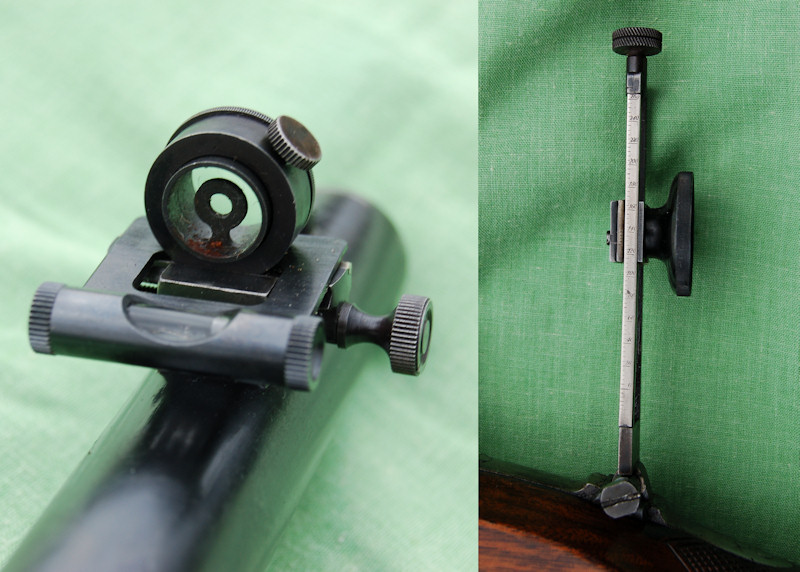David Minshall said:
Almost everyone I know who shoots the Whitworth casts hexagonal bullets. Cylindrical are cast or swaged. One friend has made a swage for hexagonal bullets.
David
This might be true of the members of the MLAGB, but here in the backwoods, where I am the only person with a Whitworth, the reality is somewhat different. I only know about what other Whitworth shooters do from reading what Mr Minshall and Mr Curtis have written on the subject, and from what I have read on these pages here [not forgetting the historical accounts from Private Aytch, of course].
In spite of a fair bit of trial and error, my Dyson mould remains an interesting curio and expensive paperweight rather than a useable bullet mould, my George Arnold mould has been sold to a neighbour of his who may well be able to shoot the products more effectively than I ever could after twenty years of trying, Mijneer Kranen and his amazing Dutch mould remain a far-off dream [he has never responded to my communications in over five years of trying], and the gentleman in New York [Mr Romano?] also remains incommunicado, perhaps just as well in view of the astronomical cost of his mould.
Now that the Polisar Brothers have ceased their brave venture into swaging a beautiful flat-base bullet courtesy of Mr Corbin's fine swaging press, a copy of which he then tried to sell to me [hah], there is no easy way of making a suitable bullet that is also hexagonal, hence my reluctance to post anything of value about my experiences shooting cylindrical bullets.
Suffice it to say that if shooting cylindrical bullets was good enough for Sergeant Powell [killer of Genl Sedgwick], then it's prolly good enough for this boy. Anyhow, every round bullet I've ever recovered seemed to be perfectly hexagonal as it left the muzzle, due to the kick up the butt it got from 90gr of FFg.
I stand in awe of anybody who can whittle out a hexagonal bullet swage, but I have other things to do [running trains, pushing wheelchairs, teaching the disabled to shoot, as well as shooting seventeen other guns that need my attention], so meanwhile, I'll sit this one out, and let my betters and better informed carry on the motion.
All I know for sure is that five consecutive Polisar bullets, each weighing in at 605gr, unpatched, over 80gr of FFg, shot into a raggedy hole that measures just over 1.2" at 100m.
And I only has 32 of them left.
tac





